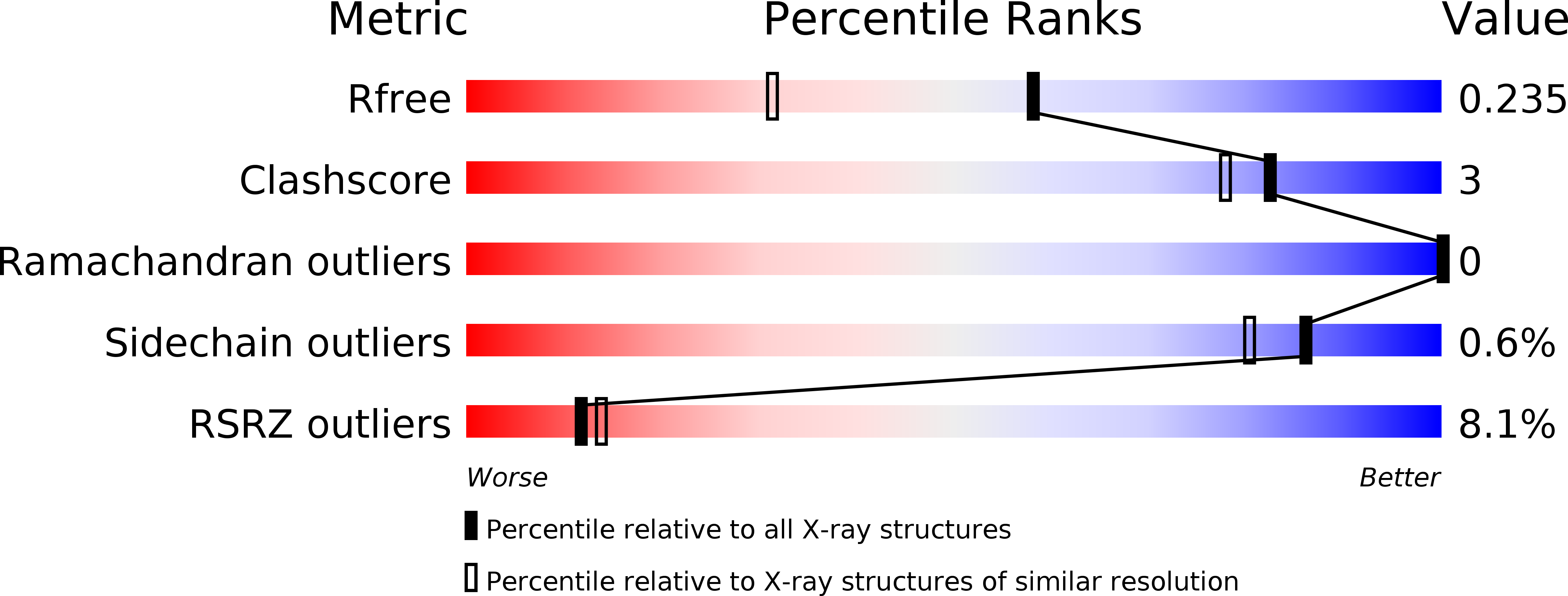
Deposition Date
2020-01-13
Release Date
2020-04-08
Last Version Date
2024-03-06
Entry Detail
PDB ID:
6VIK
Keywords:
Title:
Crystal structure of mouse xm RABL3 in complex with GTPgammsS
Biological Source:
Source Organism:
Mus musculus (Taxon ID: 10090)
Host Organism:
Method Details:
Experimental Method:
Resolution:
1.70 Å
R-Value Free:
0.23
R-Value Work:
0.20
R-Value Observed:
0.20
Space Group:
P 65 2 2


